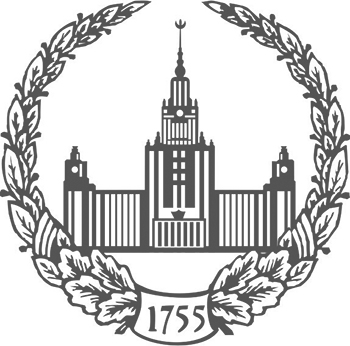ISSN: 2074-8132

ISSN: 2074-8132

Introduction. The centennial development of physical anthropology in China can be divided into three periods: 1) the initial period fr om the end of the 19th century to the founding of New China in 1949, when anthropology was imported from the West and gradually localized; 2) the unstable development period from 1949 to 1976, which was faced with a major restructuring of the discipline, the epoch of Sino-Soviet friendship, and a ten-year period of turbulence of the Cultural Revolution; 3) the period of rapid development after the reform and opening up of the country at the end of the 1970s.
Materials and methods. The author presents the history of anthropological exchanges between China and Russia over the past hundred years through the study of literature and photographic sources.
Results. Before the founding of New China, communications of anthropology between China and Russia was represented by S.M. Shirokogorov; after the founding of New China, it was represented by N.N. Cheboksarov; during the period of Sino-Soviet friendship, China adopted the suggestions of Soviet scientists and launched journals, translated and published monographs, and dispatched international students, Dong Tichen and Cui Chengyao, to study in the Soviet Union.
Conclusion. In this article, for the first time, a large number of old photographs from private collections have been released to show the life story of Dong Tichen, the first anthropologist who went to the Soviet Union to study and returned to China. After graduating from Beijing Normal University, Dong Tichen went to Moscow University to study anthropology and obtained his Ph.D. in biology in 1961. He became a lecturer in the Department of Anthropology at Fudan University, wh ere he was one of the earliest teachers of anthropology in New China. His research was pioneering and prospective, for example, his proposed taxonomic position of the Gigantopithecus was very forward-looking; he created a precedent in the study of dermatoglyphics in China and contributed to the foundations of anthropometrics. His return solidified the discipline of anthropology at Fudan University, and during his short life he trained several students who would become the mainstay of anthropology in the new China in the future. Unfortunately, he died in 1966, as a result of social unrest and change.
© 2024. This work is licensed under a CC BY 4.0 license
Introduction. For the first time, we present the results of the odontoglyphics applied to the analysis of the upper molars of Homo erectus from the Zhoukoudian. In general, the odontoglyphical pattern of the studied molars demonstrates greater complexity compared to the known characteristics of modern human teeth.
Materials and methods. Copies of Homo erectus teeth from Zhoukoudian and fossil teeth of the Early and Middle Pleistocene from the localities of Hexian, Yiyuan, Meipu and Tongzi. Methodology of odontoglyphics according to the monographs of A.A. Zubov and N.I. Khaldeeva.
Results and discussion. On the teeth of Homo erectus, a large number of third-order furrows were observed, for example, the 5th groove of the paracone and protocone (5pa, 5pr) and the 3rd groove of the paracone (3pa); we consider the latter as a result of bifurcation of the main crest of the paracone near the central fossa on the upper molars. As a result of the analysis, a new odontoglyphical trait - “unifeather grooves” in the anterior fovea on the occlusal surface of the upper molars - was identified and described. The relationship between the pattern at the enamel-dentin junction (EDJ) and the occlusal enamel surface (OES) is discussed. A correlation between mesial marginal accessory tubercles and odontoglyphic features in this region of the teeth is addressed. In this context, we discussed the primitiveness of the accessory tubercles, in particular, the lingual paracone tubercle (LPT), which can be traced back to the late Early-Pleistocene of Asian Homo erectus.
Conclusion. The results may be useful for identifying and understanding the phylogenetic origin of additional cusps and grooves on the molars of early Homo. © 2025. This work is licensed under a CC BY 4.0 license
